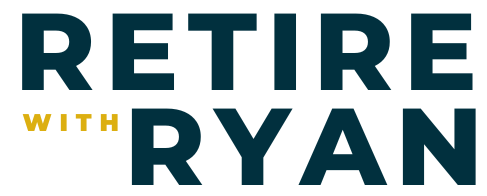Overcoming Investor Biases with Brie Williams, #189
Are you aware of how your biases—both conscious and unconscious—impact your investment decisions? Brie Williams of State Street Global Advisors joins me in this conversation to talk not only about the impact of biases on decision-making but how to cultivate an awareness of your biases to change your behavior, ultimately leading to better decisions.
You will want to hear this episode if you are interested in...
[1:33] Brie’s role at State Street Global Advisors
[3:33] The role of emotion in decision-making
[7:00] How your mindset can influence behavior
[11:15] Common investor biases that influence decisions
[19:05] Ways you can manage your biases
[23:36] How to overcome anchoring bias
[30:38] Embracing resilience as an investor
Common investor biases that influence decisions
What are the most common biases that impact decision-making? Most can be grouped into cognitive and emotional biases. Hindsight bias, confirmation bias, and anchoring bias are typically the most impactful cognitive biases in the realm of finance.
Hindsight bias occurs when an investor tends to believe that after an event occurred that they predicted it. So when the market crashes they claim they “knew” it was going to happen.
Confirmation bias is the tendency to seek out information that confirms an existing belief, often accompanied by ignoring contradictory information.
Anchoring occurs when you rely too heavily on an initial piece of information and you anchor future decisions to that piece of information (i.e. you anchored to the price you bought a stock at).
Emotional biases stem from impulses or intuitions, heavily influenced by feelings. Examples are loss aversion and overconfidence.
Loss aversion happens when an individual feels the pain of a loss far more intensely than the pleasure of gains. It might manifest by holding on to a stock too long hoping that it will rebound (but selling would be the rational choice).
Overconfidence is a bias where an investor has an inflated belief in their ability to predict a market movement or winning investments. You’re likely to lean on your research while ignoring the things you can’t control, like changing market conditions.
We need to recognize that we all have conscious and unconscious biases. We need to gain self-awareness to reflect on how we approached past decisions. Self-reflection allows us to uncover blind spots and recognize patterns in decision-making. Brie points out this is always easier to do with an objective advisor.
How to overcome anchoring bias
Anchoring bias comes into play when you’re failing to adjust to new information. Do you have a sunnier outlook or focus on the more negative side of the equation? You have to recognize that your life view will impact your definition of success. You need to focus on objectivity when you come across new information so you don’t overweight the past.
Mindset is just one factor of many that will shape your decisions and perceptions as an investor. How do you respond? Anchoring exists as a bias but it can be disrupted with practice. Mindfulness and how you approach decision-making is worth working on for a healthier construct for decision-making.
How do you avoid analysis paralysis? How can we close our behavior gap to improve decision-making to achieve better outcomes? Learn more in this thought-provoking episode with Brie.
Resources Mentioned
Subscribe to the Retire with Ryan YouTube Channel
Connect with Brie Williams on LinkedIn
Episode #143: How Women can Build a Better Relationship with Money
